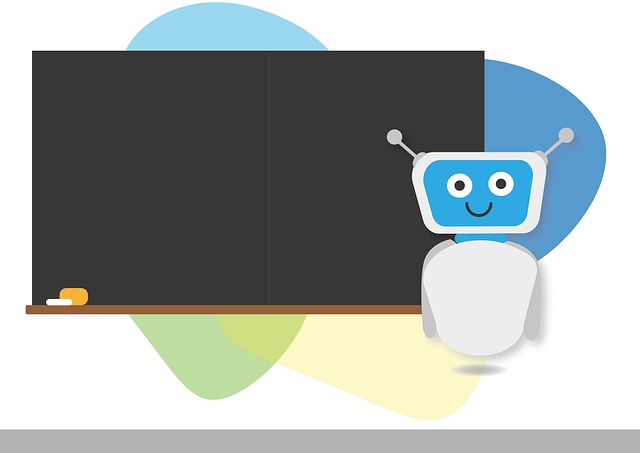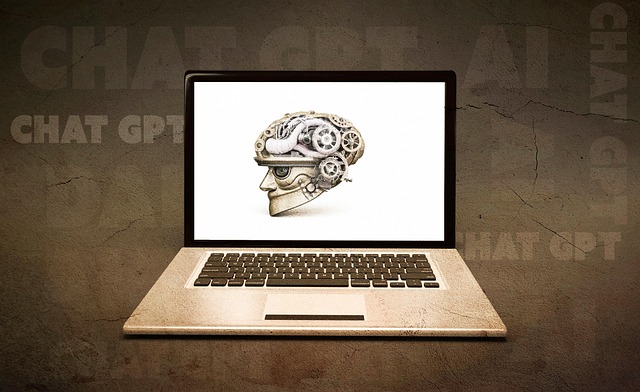In today's digital age, users expect AI chatbots to offer personalized interactions that cater to individual preferences and behaviors, aiming for tailored solutions and conversational tones. AI chatbots achieve this by leveraging natural language processing (NLP) to interpret user choices, emotional cues, and communication styles from previous conversations, fostering trust, rapport, and meaningful connections. Key performance indicators (KPIs) go beyond usage metrics to include satisfaction scores, retention rates, conversation duration, and follow-up queries, with qualitative feedback guiding refinements for enhanced empathy and connection.
Personalization in AI is no longer an option; it’s a necessity for fostering meaningful user connections. As AI chatbots become increasingly integrated into our daily lives, understanding and meeting user expectations are paramount. This article explores the power of personalization in tailoring interactions to individual users, building trust and rapport through adaptive responses, and measuring the impact of these personalized experiences. By delving into these key areas, we uncover how AI chatbots can create deeper, more engaging connections with their users.
- Understanding User Expectations in the Age of AI Chatbots
- The Power of Personalization: Tailoring Interactions to Individual Users
- Building Trust and Rapport through Adaptive Responses
- Measuring Success: Evaluating the Impact of Personalized AI Experiences
Understanding User Expectations in the Age of AI Chatbots

In the current digital landscape, users have come to expect personalized interactions from AI chatbots. These expectations are shaped by experiences with various platforms and services that leverage AI technology. When engaging with an AI chatbot, users naturally anticipate a level of customization that reflects their unique preferences and behaviors. This is particularly true in scenarios where chatbots are employed for customer support or personal assistants, as users seek tailored solutions to their inquiries.
Understanding user expectations involves deciphering the subtle nuances of individual needs and desires. For instance, a user might prefer a conversational tone over a formal one when seeking assistance from an AI chatbot. They may also expect the chatbot to remember contextual details from previous interactions, offering a seamless and intuitive experience. By aligning AI chatbot capabilities with these unspoken yet critical expectations, developers can foster deeper connections and enhance user satisfaction.
The Power of Personalization: Tailoring Interactions to Individual Users

In today’s digital landscape, personalization is a powerful tool that AI chatbots can leverage to foster deeper user connections. By tailoring interactions to individual users, these chatbots create a more engaging and intuitive experience. This level of customization goes beyond simple greetings or preferences; it involves understanding each user’s unique needs, behaviors, and context. For instance, an AI chatbot can remember a user’s previous conversations, learn from their choices, and anticipate future queries with remarkable accuracy.
This personalized approach enhances user satisfaction by making interactions feel more human-like and relevant. As users engage with a chatbot that remembers their preferences and offers tailored recommendations, trust and loyalty grow. Moreover, personalization allows AI chatbots to adapt to various user personas, ensuring that every individual receives a bespoke experience. This strategy not only improves user retention but also encourages positive word-of-mouth referrals, ultimately expanding the chatbot’s reach and impact.
Building Trust and Rapport through Adaptive Responses

In the realm of AI chatbots, building trust and rapport with users is paramount for fostering deeper connections. Through adaptive responses, these virtual assistants can learn user preferences, emotional cues, and communication styles, enabling them to provide personalized interactions that feel natural and human-like. By understanding context and adjusting their tone accordingly, AI chatbots create an environment where users feel heard, understood, and valued, thereby strengthening the bond between person and machine.
This adaptability goes beyond simple keyword recognition. It involves sophisticated natural language processing (NLP) techniques that allow chatbots to interpret nuanced meanings behind user inputs. As a result, they can offer tailored responses that resonate with individual users, enhancing the overall user experience. Over time, as trust is built through these adaptive interactions, users are more likely to engage in meaningful conversations and share personal details, leading to stronger connections and increased loyalty.
Measuring Success: Evaluating the Impact of Personalized AI Experiences

Measuring the success of personalized AI experiences is paramount to understanding their true impact on user connections. Key performance indicators (KPIs) in this context go beyond simple usage metrics; they delve into the quality and depth of user interactions. For instance, an AI chatbot’s ability to foster a personal connection can be evaluated by measuring user satisfaction scores, retention rates, and the frequency of return conversations. High levels of engagement, such as longer conversation durations and frequent follow-up queries, indicate successful personalization.
Additionally, qualitative feedback from users offers valuable insights into the emotional resonance of personalized AI interactions. By gauging how users perceive the chatbot’s ability to understand and cater to their unique needs and preferences, developers can refine algorithms and models to enhance empathy and connection. This iterative process ensures that AI chatbots evolve to become more than just tools—they become trusted companions in the digital landscape.
